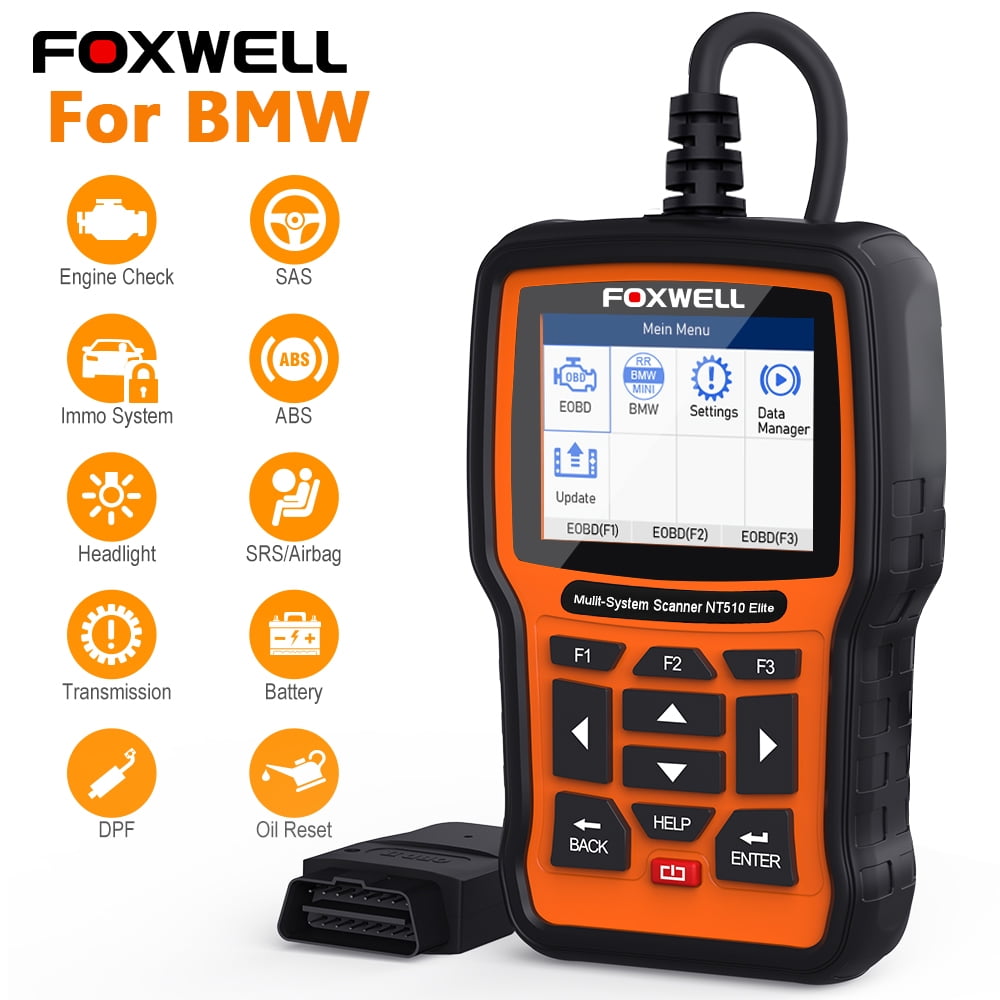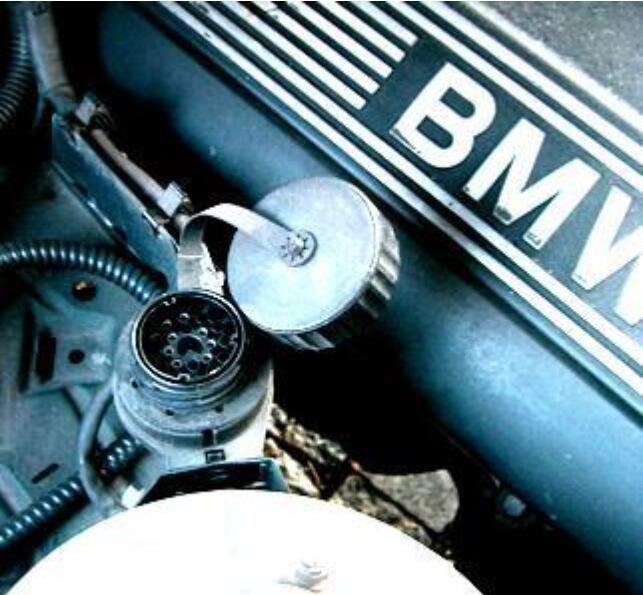

To perform the “Key On Engine Off” test, also referred to as (KOEO), hold the above three buttons before turning on the ignition then releasing the buttons. Hold on to the select, checkout, and reset button simultaneously on the electronic instrument cluster.
OBD1 BMW READER CODE
If an error code is registered, the analog voltmeter will alert you by sweeping the voltmeter needle across its display. Use a jumper cable to connect pin 2 in the first plug to the other pin in the second single pin plug.īy connecting the negative terminal of the voltmeter to pin 4 in the first plug and the positive terminal to the battery’s positive side, you can take the reading. if you want to use Car Diagnostic Tools, please click our website: įirstly, you should connect the analog voltmeter to the ECU through the data link connector located under the engine’s hood.

If you’re the kind of person to explore a new way of doing things, then here are a couple of techniques to go with. There are a ton of ways you may use to read the OBD1 codes.

Look up those codes to find out the dysfunctional component.Īdditional methods to read OBD1 codes without a scanner * The vehicle iterates through the OBD1 codes twice before exiting the self-diagnostic test. Otherwise, keep counting through the flashes. You should note that long pauses between flashes indicate that you’re proceeding to the following code. It is advised that you have a partner to aid in reading or writing the number of illuminating flashes. * You should count the number of flashes and record them on a piece of paper. Nevertheless, vehicles between 1986-1991 display them in twos, whereas the models between 1992-1994 display them in threes. You’re advised to confirm which format your vehicle model uses. * Depending on your vehicle make, it will display 2 or 3 digit codes. This sign informs you to perform the goose test, which involves turning the steering wheel halfway through left and right, stepping on the brake pad, and holding on to the throttle to rev up the engine. * The first time the vehicle will illuminate once. * Next, you’ll need to wait for a couple of seconds, usually lasting between 30 – 60 seconds, for the vehicle to complete the self-diagnostic test. If you run on a 6-cylinder engine, it will flash three times and four times if you’re on an 8-cylinder engine. * The first set of flashes indicate the number of cylinders your vehicle has. * You’ll read the codes by identifying the number of flashes illuminated by the check engine light. * Immediately start the car’s engine once more, and have a pen and paper close by to record the OBD1 error codes. * Using the paper clip or the jumper cable, insert one of its ends on the top right pin of the first plug and the other end to the pin in the singular connector plug. The plug is housed in a plastic casing inscribed with the words, “EEC Test.” It is often found on the driver’s side against the firewall, but it could also be located on the passenger’s side. * Under the hood, locate the diagnostic box. The test described below is commonly referred to as the “Key On Engine Running” (KOER) test. Next, you’ll need to get your engine to optimal running temperatures by running the engine idle for 5-10 minutes. To initiate self-diagnosis, you first need the following items to assist you in recording the OBD1 error codes.įirstly, you’ll need an unrolled paper clip or a jumper cable, a piece of paper, and a pen.Ī piece of clipboard may come in handy, although it is not a necessary requirement. You can quickly look up the error codes on the internet to identify the defective part. The self-diagnostic system records error codes emitted by faulty components and shares the information with the driver. The system was introduced in cars manufactured between 1982-1995.

The most uncomplicated procedure to run a self-test to read OBD1 codes is performing a “Key On Engine Running” (KOER) testįord Motor Company equips its vehicles with a self-diagnosing system, allowing for easier detection of faulty components and sensors without rushing to a mechanic.


 0 kommentar(er)
0 kommentar(er)
